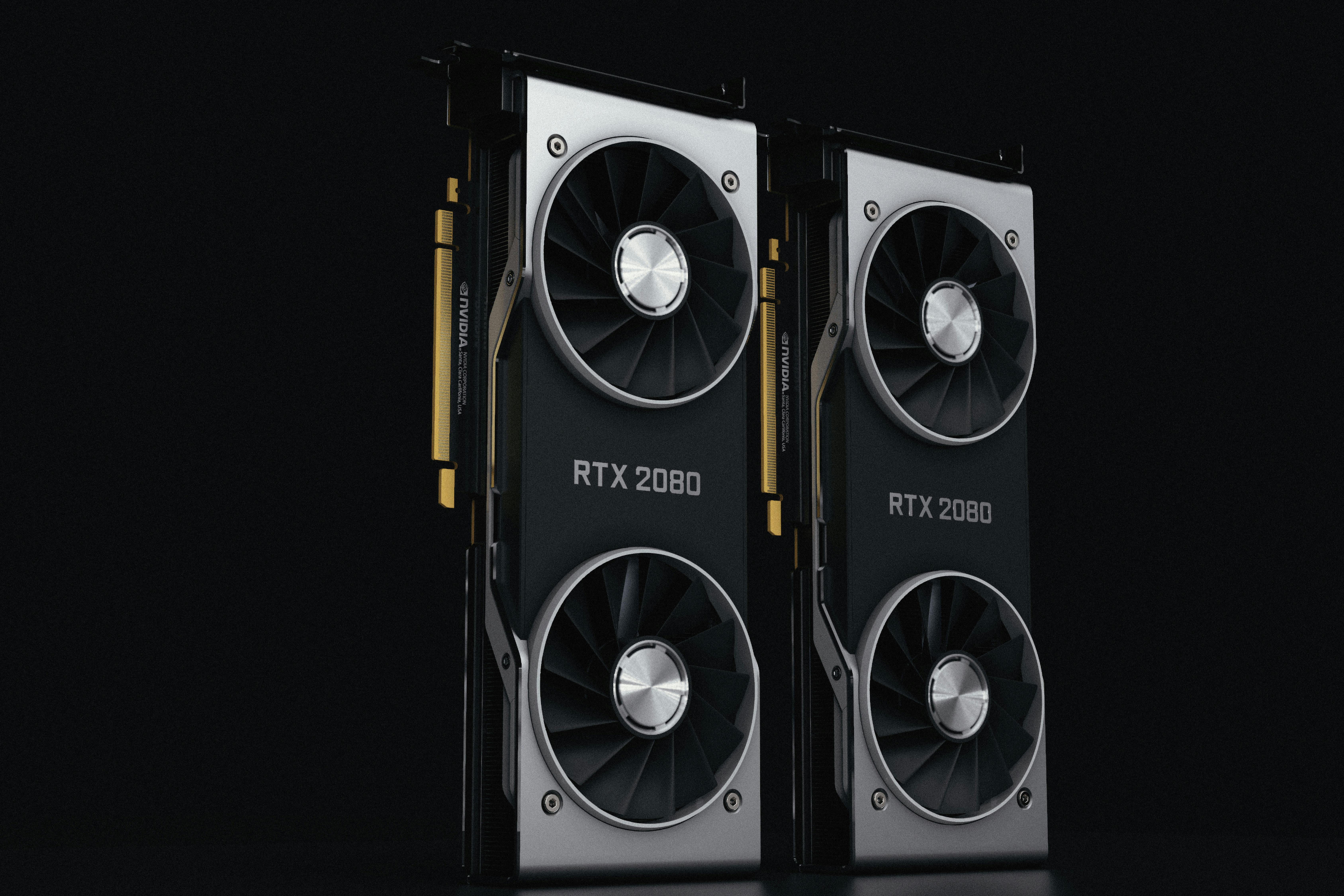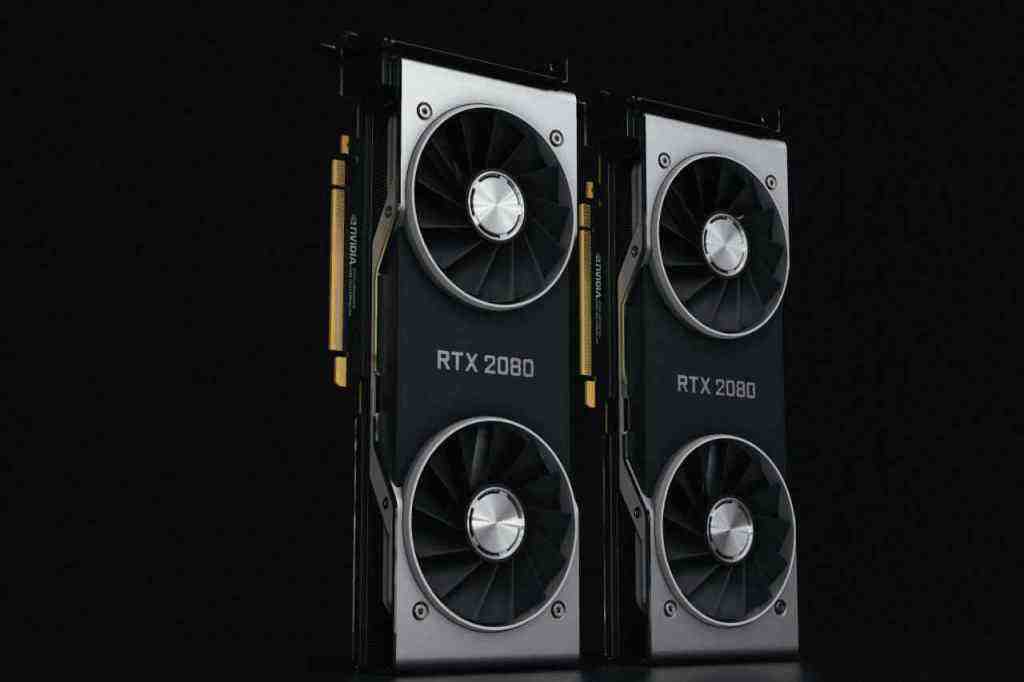Local LLMs: AI Power in Your Hands by 2025

The Dawn of Accessible AI: Running Advanced LLMs Locally in 2025
The artificial intelligence landscape is undergoing a significant transformation in 2025. Large Language Models (LLMs), once exclusive to specialized research labs and massive cloud infrastructures, are now becoming increasingly accessible to the everyday user. This shift is propelled by a growing demand for privacy, cost-effectiveness, and greater user control over AI interactions. Consequently, running powerful LLMs directly on personal computers is evolving from a niche pursuit into a rapidly developing trend with profound implications for how we engage with technology.
The Rise of Local Large Language Models
The move towards local LLM deployment is driven by several compelling advantages that address common concerns associated with cloud-based AI services. These benefits include enhanced privacy and data security, significant economic advantages and cost control, unfettered control and customization, and offline accessibility with reduced latency.
Privacy and Data Security Paramount
One of the most significant drivers for local LLM execution is the enhanced privacy it offers. When an LLM runs on your own machine, your sensitive data, prompts, and generated outputs remain entirely on your device. This is particularly crucial for individuals and organizations in sectors with stringent data governance rules, such as healthcare, finance, and legal services. In these fields, transmitting proprietary or personal information to third-party servers is a major concern. The assurance that data stays within one’s own infrastructure eliminates the risks associated with data breaches or unauthorized access by cloud providers.
Economic Advantages and Cost Control
Beyond privacy, the economic benefits of running LLMs locally are substantial. Cloud-based LLM services often incur recurring API call charges, which can escalate rapidly, especially for high-volume usage or experimental projects. In contrast, a local setup eliminates these ongoing subscription or usage fees. While there might be an initial investment in hardware, the long-term cost savings can be considerable, making AI more affordable and accessible for a broader range of users. This cost-effectiveness is a key factor in democratizing access to advanced AI capabilities.
Unfettered Control and Customization
Local deployment grants users complete control over the AI models they utilize. This includes the freedom to experiment with different model configurations, fine-tune models for specific tasks or domains, and even modify their behavior without external restrictions. This level of customization is invaluable for developers and researchers looking to push the boundaries of AI applications or tailor solutions to unique requirements. The ability to directly manage and adapt the models fosters a deeper understanding and more innovative use of AI technologies.
Offline Accessibility and Reduced Latency
Another critical advantage of local LLMs is their independence from constant internet connectivity. This ensures uninterrupted access to AI capabilities, even in areas with unreliable internet service or in air-gapped environments. Furthermore, by eliminating network latency associated with cloud communication, local LLMs can provide near-instantaneous responses, significantly improving the user experience for real-time applications like interactive chatbots or coding assistants.
The New Generation of Open-Weight Models
The burgeoning trend of local LLM deployment is closely tied to the increasing availability of powerful open-weight models. These models, often released under permissive licenses, provide the foundational architecture and pre-trained weights that allow users to run them on their own hardware.
OpenAI’s GPT-OSS Series: A Game Changer
A significant development in this space is OpenAI’s release of the GPT-OSS (Open-Source Series) family of models. This series includes two notable models: gpt-oss-20b and gpt-oss-120b. These models are designed to deliver advanced reasoning capabilities, comparable to or even surpassing proprietary counterparts, while being optimized for efficient execution on consumer-grade hardware. The gpt-oss-20b, with its 20 billion parameters, is particularly well-suited for local deployment, requiring approximately 16GB of memory. The larger gpt-oss-120b, with 117 billion parameters, demands significantly more resources, around 80GB of memory, making it more suitable for high-end workstations or servers.
Other Prominent Open-Weight Models
Beyond OpenAI’s offerings, several other open-weight models are popular choices for local execution in 2025. These include Meta’s Llama series (such as Llama 3.1, 3.2, and 3.3), Mistral’s models (including Mistral 7B and Mixtral 8x7B), and Google’s Gemma models. Microsoft’s Phi-4 and DeepSeek models also feature prominently in the local LLM ecosystem. These models, varying in size and specialization, offer a diverse range of capabilities for different user needs and hardware configurations.
Technical Foundations for Local LLM Execution
Successfully running LLMs locally requires understanding the underlying technologies and hardware considerations that enable efficient performance.. Learn more about Openai
Hardware Requirements: The Engine for AI
The computational demands of LLMs necessitate robust hardware. For local deployment in 2025, key components include Graphics Processing Units (GPUs), System Memory (RAM), fast storage, and capable Central Processing Units (CPUs).
Graphics Processing Units (GPUs)
GPUs are critical for accelerating LLM inference due to their parallel processing capabilities. The amount of Video RAM (VRAM) is a primary determinant of the model size that can be run effectively. For models like gpt-oss-20b, at least 16GB of VRAM is recommended. High-end consumer GPUs, such as the NVIDIA RTX 3090 (with 24GB VRAM), are often cited as providing excellent value for local LLM enthusiasts, offering a balance of performance and memory capacity. Newer cards like the RTX 4090 and RTX 5090 offer further performance gains but come at a higher cost. AMD GPUs with CUDA, Metal, or ROCm acceleration are also increasingly supported.
System Memory (RAM)
Sufficient system RAM is also vital, especially if a powerful discrete GPU is not available. A general guideline is to have at least as much system RAM as GPU VRAM, ideally 1.5 to 2 times more. For running models that require significant VRAM, 32GB or even 64GB of system RAM is becoming common.
Storage and Speed
LLM model files can be quite large, even in quantized formats. A fast NVMe SSD is strongly recommended for storing these models to ensure quick loading times and efficient data access during inference.
Central Processing Units (CPUs)
While GPUs are preferred for performance, many tools allow LLMs to run on CPUs. However, CPU inference is significantly slower and typically limited to smaller models. Modern multi-core CPUs are necessary for acceptable performance in CPU-only scenarios.
Software Tools for Seamless Local Deployment
Several user-friendly software tools have emerged to simplify the process of downloading, installing, and running LLMs locally.
Ollama: The User-Friendly Gateway
Ollama has become a leading platform for local LLM execution due to its ease of use and comprehensive model support. It offers a straightforward command-line interface and has recently introduced native GUI applications for macOS and Windows, making the process even more accessible. Ollama allows users to download and run a wide variety of models, including the GPT-OSS series, Llama, Mistral, and Gemma, with simple commands. It also provides an OpenAI-compatible API, enabling seamless integration with existing applications.
LM Studio: A GUI-Centric Approach
LM Studio provides an intuitive graphical user interface (GUI) for managing and interacting with local LLMs. It features a built-in chat interface, model discovery tools, and an integrated API server, offering a comprehensive solution for users who prefer a visual approach to AI interaction. LM Studio supports various popular LLMs and allows for parameter tuning and history management.
llama.cpp and GGUF: For the Resource-Constrained
The llama.cpp framework, along with its associated GGUF file format, is a dominant choice for deploying models on consumer hardware, including CPUs and Apple Silicon. GGUF is designed to package model weights, vocabulary, and quantization information into a single, portable file, supporting a wide array of quantization schemes for resource-constrained environments.
Advanced Deployment and Optimization Techniques
For users seeking to maximize performance or deploy LLMs in more demanding scenarios, several advanced techniques are available.. Learn more about Computer
Model Quantization and Distillation
Quantization is a process that reduces the precision of a model’s weights and activations, thereby decreasing its memory footprint and computational requirements. Techniques like 4-bit or 8-bit quantization can significantly speed up inference times while largely preserving model accuracy. Model distillation involves training smaller, more efficient models using data generated by larger, more capable models.
Mixture-of-Experts (MoE) Architecture
Models like OpenAI’s GPT-OSS series utilize a Mixture-of-Experts (MoE) architecture. This design features multiple “expert” networks within each layer, with a routing mechanism selecting only a subset of experts to process each input token. This allows for a massive increase in model capacity without a proportional increase in active computation per token, leading to greater efficiency.
GPU Optimization Frameworks
Frameworks like NVIDIA’s TensorRT-LLM are specifically designed to optimize LLM inference on GPUs. By employing techniques such as kernel tuning, in-flight batching, and operator fusion, TensorRT-LLM can achieve significant speedups, reportedly up to 8 times faster than CPU-only platforms.
Challenges and Considerations in Local LLM Deployment
Despite the advancements, several challenges remain in the widespread adoption of local LLMs.
Hardware Accessibility and Cost
While LLMs are becoming more accessible, the hardware requirements for running larger or more complex models can still be a barrier for some users. High-end GPUs and substantial amounts of RAM represent a significant upfront investment.
Performance Trade-offs
Balancing performance, model size, and resource availability is an ongoing challenge. Quantization and other optimization techniques can improve speed and reduce memory usage, but there can be a slight trade-off in output quality or model capability compared to their full-precision counterparts.
Model Complexity and Management
Managing a growing library of LLMs, each with its own requirements and potential updates, can become complex. Users need to stay informed about new models, compatibility, and best practices for their chosen deployment tools.
Security on Local Devices
While local LLMs offer enhanced privacy, the security of the local device itself remains a concern. Malware or hacking attempts could compromise the LLM and the data it processes, necessitating robust device security measures.
The Future Outlook for Local LLMs
The trend towards local LLM deployment is poised for continued growth in 2025 and beyond. As hardware becomes more powerful and efficient, and software tools continue to mature, running advanced AI models locally will become even more practical and widespread. This democratization of AI promises to unlock new avenues for innovation, creativity, and personalized digital experiences, all while prioritizing user privacy and control. The ability to run state-of-the-art models like GPT-OSS on personal devices signifies a pivotal moment in making powerful artificial intelligence accessible to everyone.
